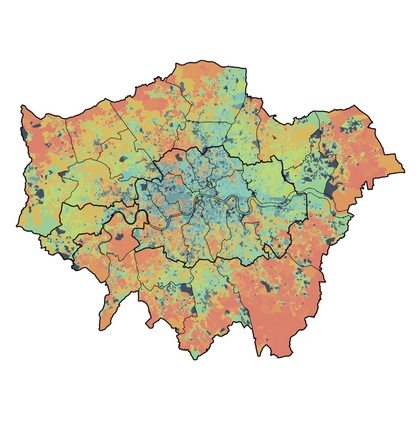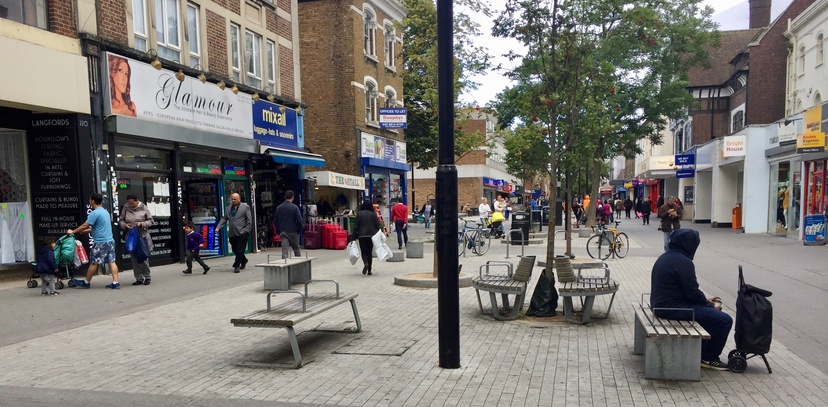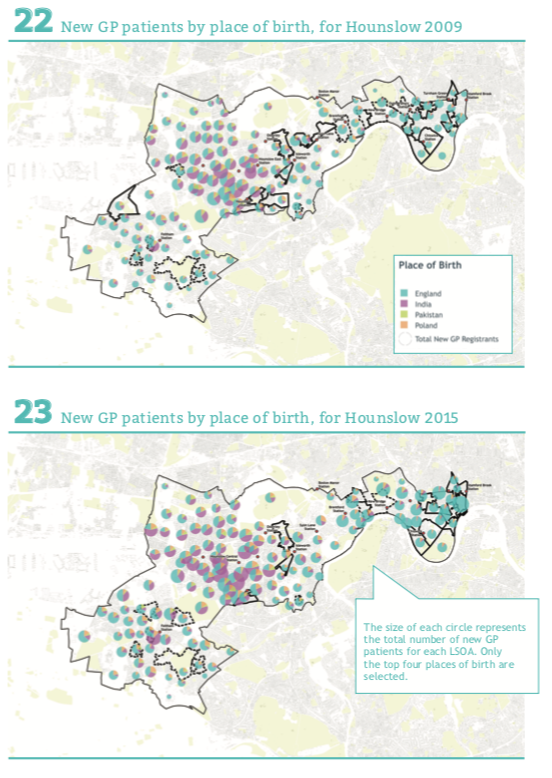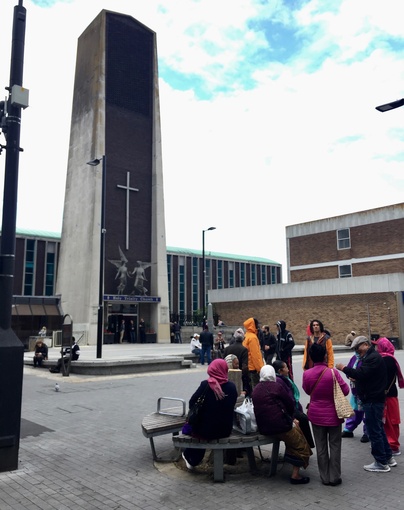

This is the fourth in a series of blogs exploring our work with Hounslow Council. It describes how the resilience of local communities may have been affected by international migration.
Our resilience model gives us a new lens to help understand daily life in local neighbourhoods. It enables us to look at familiar issues from a new perspective, to test some of the assumptions often made about the places we live.
We were interested in whether we could find a relationship between population churn and international migration, and predicted resilience - whether (as is frequently maintained) this could be undermining the resilience of local communities.
We concluded that in the London Borough of Hounslow area, immigration from within the UK or internationally is not concentrated in areas of low resilience, and that it therefore cannot be seen to be increasing communities' vulnerabilities to change.
There is no single data source for migration data so we looked at different proxies - Council Tax and GP registration data, and change in housing provision through new housebuilding and numbers of HMOs.
We found trends that could impact positively and negatively on resilience: the significant increase in the number of registered HMOs in the central parts of the borough suggesting possible vulnerabilities; the increase in families evident in GP data in the east of the borough suggesting possible strengths.
However, across the borough, migration from both within the UK and internationally did not seem to correlate significantly with changes in predicted resilience. Instead we found that people moving to the borough from other countries are coming to areas are already home to established communities – particularly the Indian community in central Hounslow. Here our clusters suggest there is strong neighbourly support and relatively low levels of isolation.

The numbers of people considering themselves to be white registering with GPs increased slightly in both affluent and more deprived areas both east and west of the borough. People describing themselves as "other white" - often from eastern Europe - seem to have moved to the centre of the borough and to the east. Some of the largest changes that the GP data reveals are the number of families moving into the east of the borough, with younger adults dominating the centre and the east.
Our next, and final, blog explores the impact of new housing development on resilience in Hounslow's local neighbourhoods.

